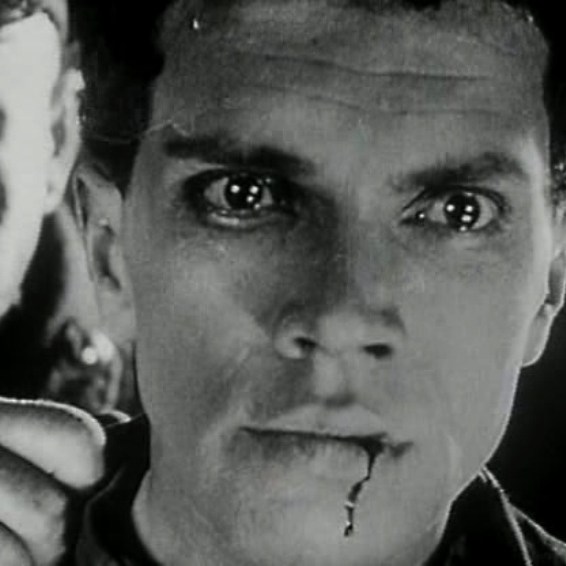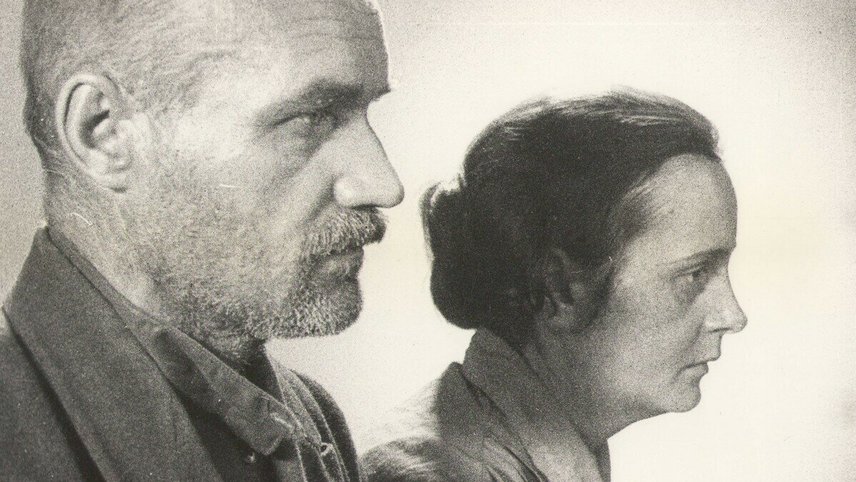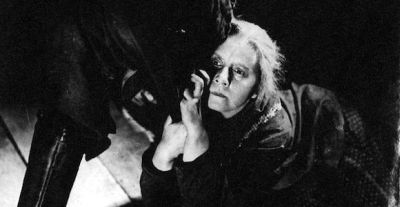Vsevolod Pudovkin was a Soviet film director, screenwriter, and actor who is widely regarded as one of the pioneers of modern cinema. Along with Sergei Eisenstein, Pudovkin helped to establish the principles of montage editing and developed a theory of film acting that emphasised the importance of naturalistic performance and psychological realism.
His early films, such as Mother and The End of St. Petersburg, were marked by their innovative use of editing and their powerful political messages, which aligned with the ideals of the Soviet Revolution. Pudovkin’s most famous film, Storm Over Asia, is a sweeping epic that tells the story of a Mongolian shepherd who becomes a revolutionary leader. The film is notable for its stunning visuals, its complex narrative structure, and its use of montage to create a sense of emotional and political urgency.
Throughout his career, Pudovkin remained committed to the idea of film as a tool for social and political change. He was a vocal advocate for using cinema to educate and inspire the masses, and his films often tackled themes of class struggle, revolution, and the fight against oppression. In addition to his work as a filmmaker, Pudovkin was also an important theorist and teacher. His writings on film theory, particularly his book “Film Technique and Film Acting,” had a profound influence on the development of Soviet cinema and on filmmakers around the world.

Vsevolod Pudovkin (1893 – 1953)
Calculated Films:
- Mother (1926)
Similar Filmmakers
- Fridrikh Ermler
- Fritz Lang
- Grigori Kozintsev
- Isidor Annensky
- Jean Renoir
- Lev Kuleshov
- Marlen Khutsiev
- Mikhail Kalatozov
- Nikolai Ekk
- Orson Welles
- Sergei Eisenstein
- Yefim Dzigan
- Yuli Raizman



Vsevolod Pudovkin’s Top 5 Films Ranked
1. Mother (1926)
Genre: Propaganda Film, Drama, Soviet Montage

2. The End of St Petersburg (1927)
Genre: Propaganda Film, Period Drama, Soviet Montage, War, Political Drama

3. Storm Over Asia (1928)
Genre: Drama, Soviet Montage

4. Chess Fever (1925)
Genre: Comedy, Slapstick

5. A Simple Case (1933)
Genre: Drama, Soviet Montage

Vsevolod Pudovkin: Themes and Style
Themes:
- Russian Identity and Patriotism: Many of Pudovkin’s works explored what it meant to be Russian, especially in the context of monumental historical events like the Russian Revolution.
- Individual Experience within the Masses: Instead of merely focusing on the collective, Pudovkin often highlighted the struggles, joys, and tribulations of the individual, using personal stories as a lens to view larger events.
- Social Transformation: Whether it was the impact of industrialisation or the revolution’s sweeping changes, the transformation of society was a recurring theme in his films.
Styles:
- Montage: Pudovkin was a master of montage, an editing technique that sequences short shots to condense space, time, and information. He used this to both advance narratives and evoke emotional reactions.
- Nature and Landscape: Unlike many of his contemporaries, Pudovkin used natural landscapes as active narrative elements. The vastness of Russia, its wilderness, and its changing seasons often mirrored the story’s mood or societal changes.
- Character Development: Pudovkin believed each film element, including its characters, should contribute to its overall message. As a result, his characters were multi-dimensional and integral to the narrative.
Directorial Signature:
- Personal Touch: While he was influenced by larger Soviet cinema trends, Pudovkin’s films stood out because of their personal touch. He had a knack for humanising broad historical events, making them relatable and emotionally charged.
- Symbiotic Integration: Whether it was the integration of natural landscapes or blending montage with sound in his later films, Pudovkin could weave together different elements seamlessly.
- Psychological Depth: Pudovkin wasn’t just interested in telling a story; he wanted to delve into the human psyche. This psychological depth is evident in how he used montage as an editing technique and a tool to study human reactions and behaviours.
Vsevolod Pudovkin – Great Director




